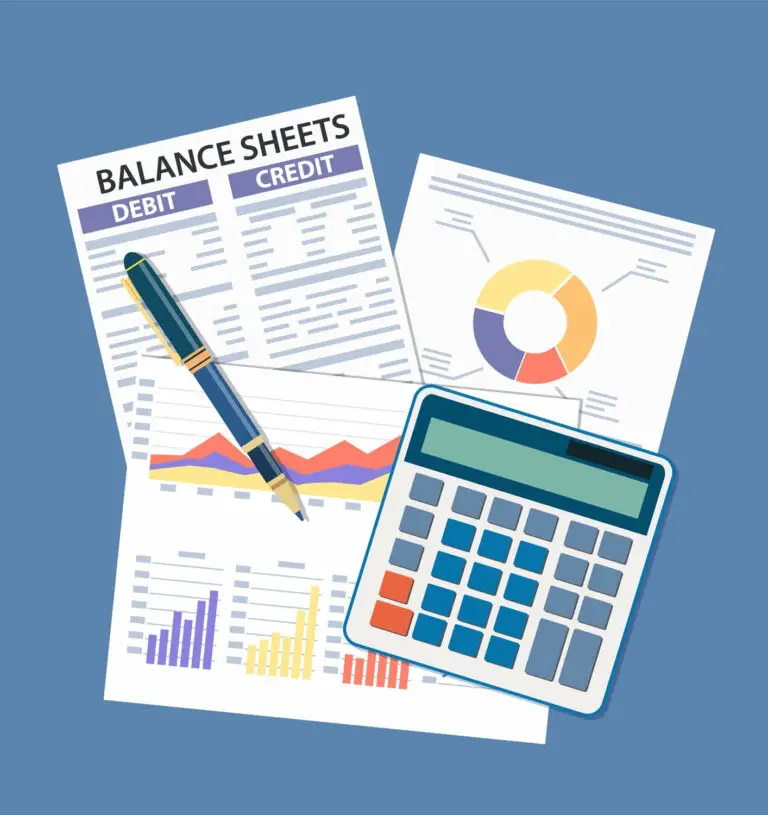Types of Mutual Funds: Exploring Your Investment Options
When it comes to investing your hard-earned money, mutual funds offer a great range of options to meet a whole bunch of financial goals with slightly lower risk. Whether you’re looking to kickstart your investment journey, seeking stability, planning retirement, or even if you are happily retired, there’s a mutual fund designed just for you.
- Equity Funds
If you’re in your late 20s or early 30s, equity funds can be your playground. These funds are like planting seeds for the long term, capitalizing on your time advantage. They suit those who wish to grow their wealth over the years and aren’t easily scared by market fluctuations.
If you’re a little older, equity funds are great for diversifying your portfolio, and they often come with higher returns than traditional savings accounts. Gen X investors can benefit from equity funds and strengthen their retirement funds.
- Debt Mutual Funds
Debt mutual funds are a great means to diversify financial portfolios. As a young investor, you can park your money here if you’re looking for stability while enjoying decent returns. Additionally, if you want to mitigate the risk associated with equities but wish to see your money grow, debt funds can help maintain balance in your investment approach. Even retirees can enjoy the peace of mind with a fixed income. These funds are reliable sources of regular income during retirement.
- Money Market Funds
A great starting point for those just dipping into investing, this low-risk and highly liquid fund is a great bet.
Money market funds are also a means to manage surplus funds while minimizing risks. These funds offer stability without tying up funds for extended periods. This liquidity also makes them a wise choice to ensure ready cash for those well-deserved holidays post-retirement.
- Hybrid Funds
Hybrid funds offer a mix of equities and debt in a single package. These are flexible, catering to those who want to explore both worlds. If you’re looking for stability with growth potential, hybrid funds offer a comfortable blend of assets that can align with your financial goals.
- Growth Funds
Growth funds are for those who seek substantial capital appreciation. With time, you can take advantage of the higher risk that often comes with growth funds.
If you’re an experienced investor looking to speed up your money’s growth, these funds can push your portfolio toward more significant returns. Even during retirement, growth funds can be a part of your portfolio, helping maintain the purchasing power of your savings against inflation in the future.
- Income Funds
For beginners, income funds can be a part of long-term financial goals, securing a steady stream of income while they explore other investment avenues. These funds can also provide a fixed-income investment. Income funds are a natural fit for retirees who want a steady flow of income while minimizing the impact of market fluctuations.
- Liquid Funds
Ideal for managing surplus cash while aiming for liquidity, liquid funds can be an ally when you want to grab new investment opportunities quickly. Liquid funds can be part of any investor’s financial safety net, as they ensure funds are readily accessible when needed.
- Tax-Saving Funds
Tax-saving funds not only offer potential growth but also reduce your tax liability. A great choice for those who wish to align investment goals with tax benefits.
These funds can be part of tax-efficient investment strategies that manage your tax liability while growing wealth.
- Aggressive Growth Funds
If an investor is ready to take some calculated risks, aggressive growth funds can propel any investment journey toward higher returns.
Even for experienced investors who might be willing to embrace more significant risks, these funds can be the key to boosting portfolio performance. Even in retirement, these funds can be part of an investment plan aiming for substantial returns. Please make sure you are well-versed with all associated risks.
- Capital Protection Funds
A good choice if you’re cautious about market volatility, capital protection funds are ideal for preserving capital with some growth potential. They offer a nice balance and peace of mind for retirees who want to secure their savings.
- Goal-Based Mutual Funds
Goal-based mutual funds cater to specific financial objectives, aligning investments with predefined goals like retirement, education, or buying a house. These funds tailor asset allocation and risk levels to match the timeline and requirements of each goal, ensuring a strategic investment approach.
Investors benefit from a diversified portfolio, potentially higher returns, and reduced risk exposure. By focusing on individual aims, goal-based mutual funds offer a structured, systematic way to pursue financial targets, enhancing the likelihood of achieving desired outcomes.
- Pension Funds
For the young, retirement may seem a long way off, but investing in pension funds early can secure their golden years. These funds can also add more scope for returns to an existing portfolio. Naturally, pension funds provide a steady income stream during retirement and are one of the most sought mutual funds in the world.
Whether you’re a millennial embarking on your investment journey, a Gen-Xer looking for stability and growth, or someone focused on retirement, mutual funds offer a wide array of options to suit unique financial goals and tolerance to risk.
To make the most of your investments, consider consulting a financial advisor who can help align these investment options with your specific financial objectives. Remember, the key to a successful investment journey is understanding how much risk you’re willing to take, what your financial goals look like, and the time you’re willing to invest in your investments.


























